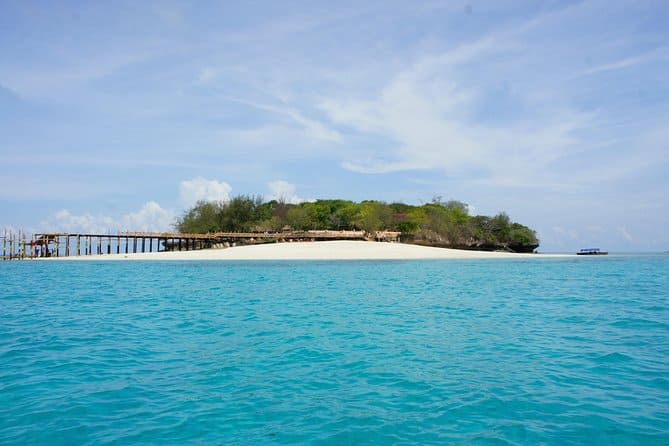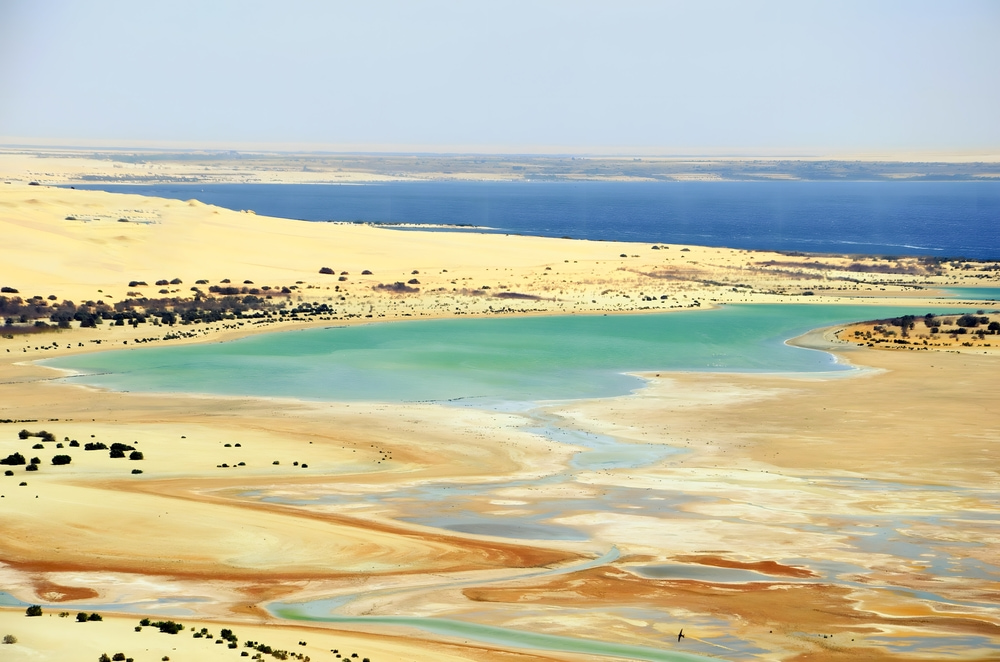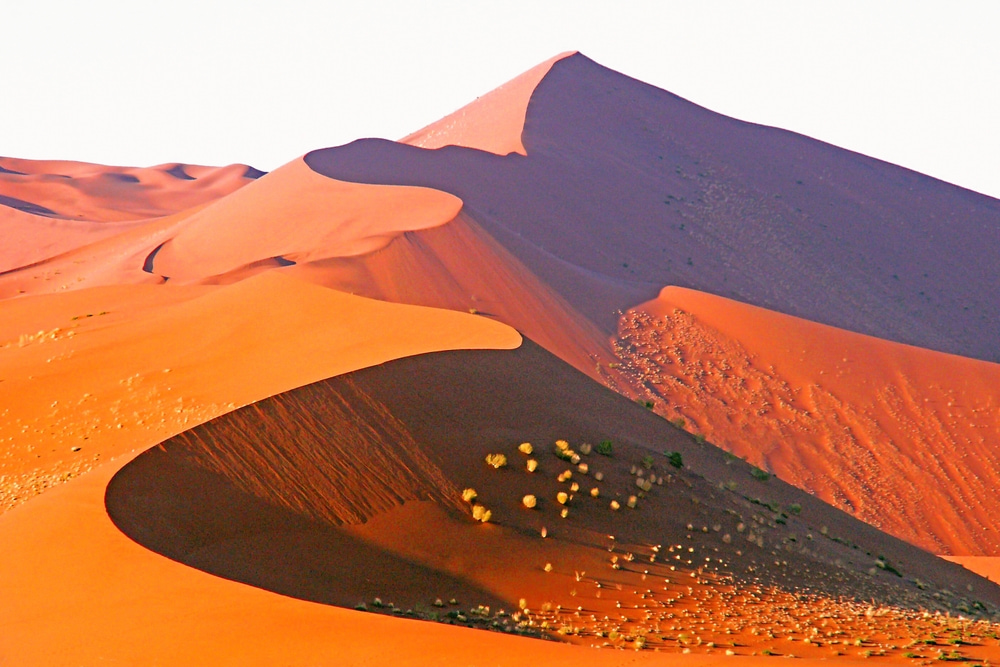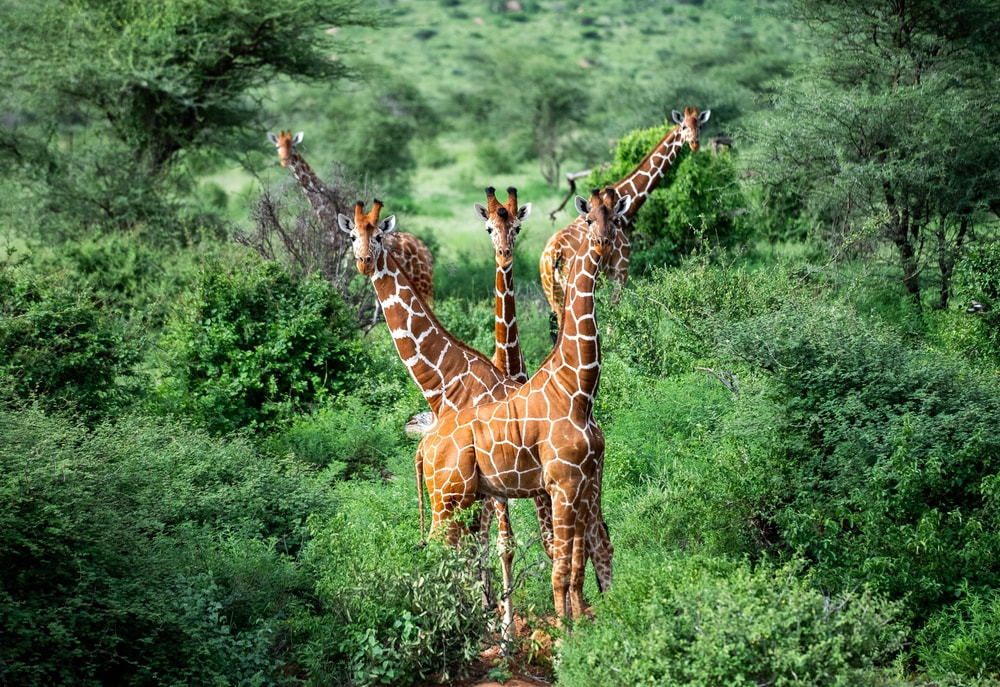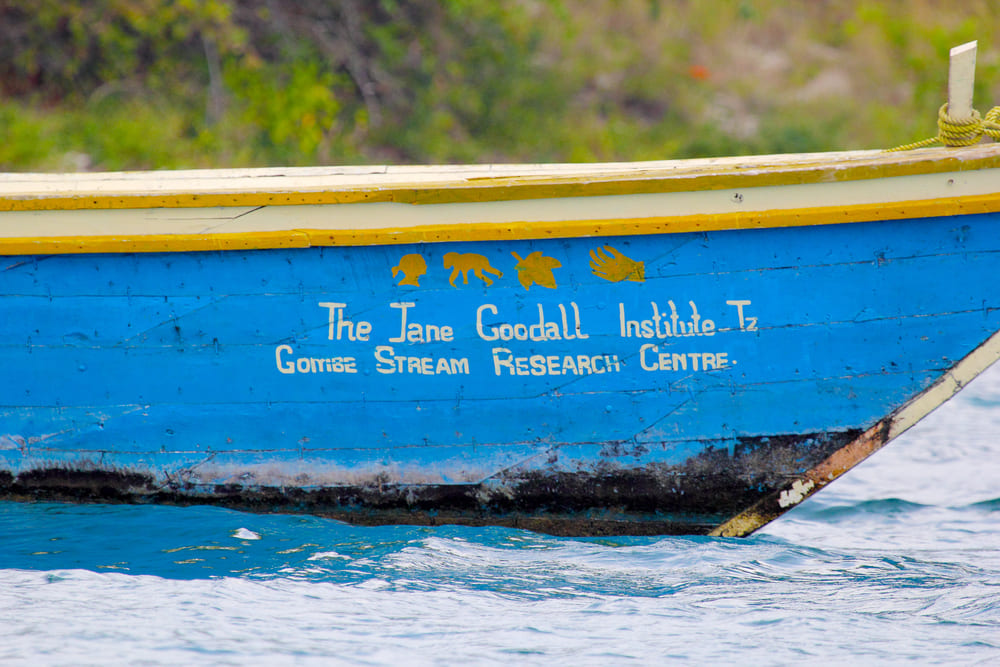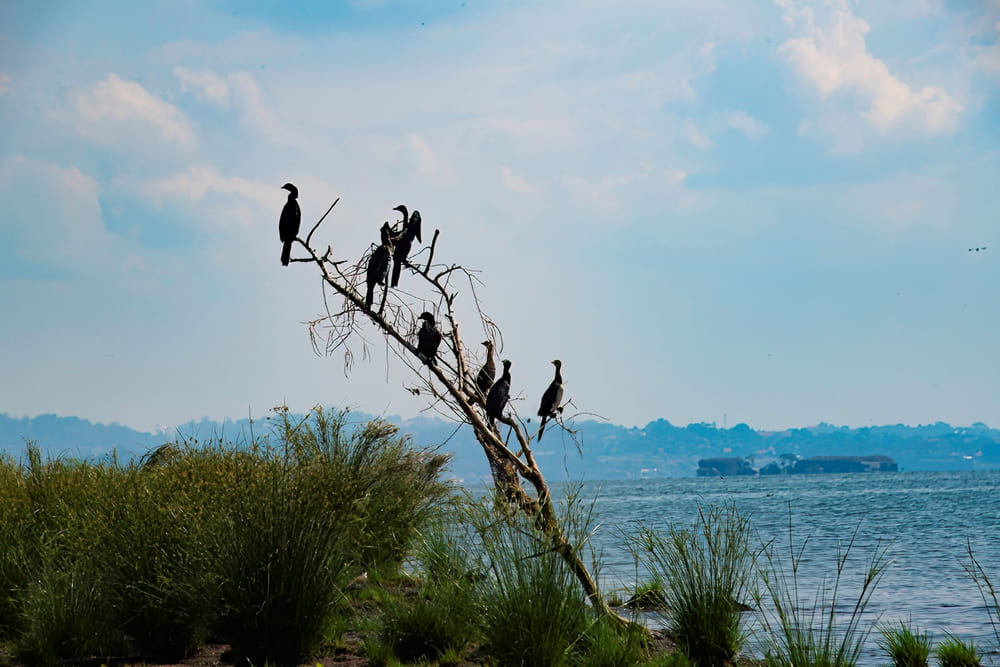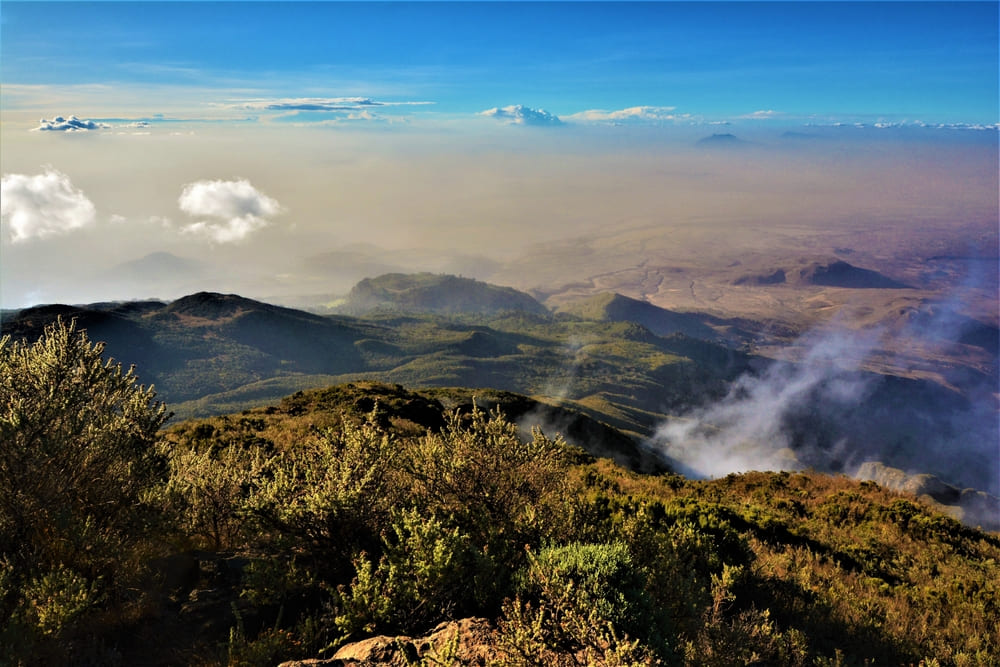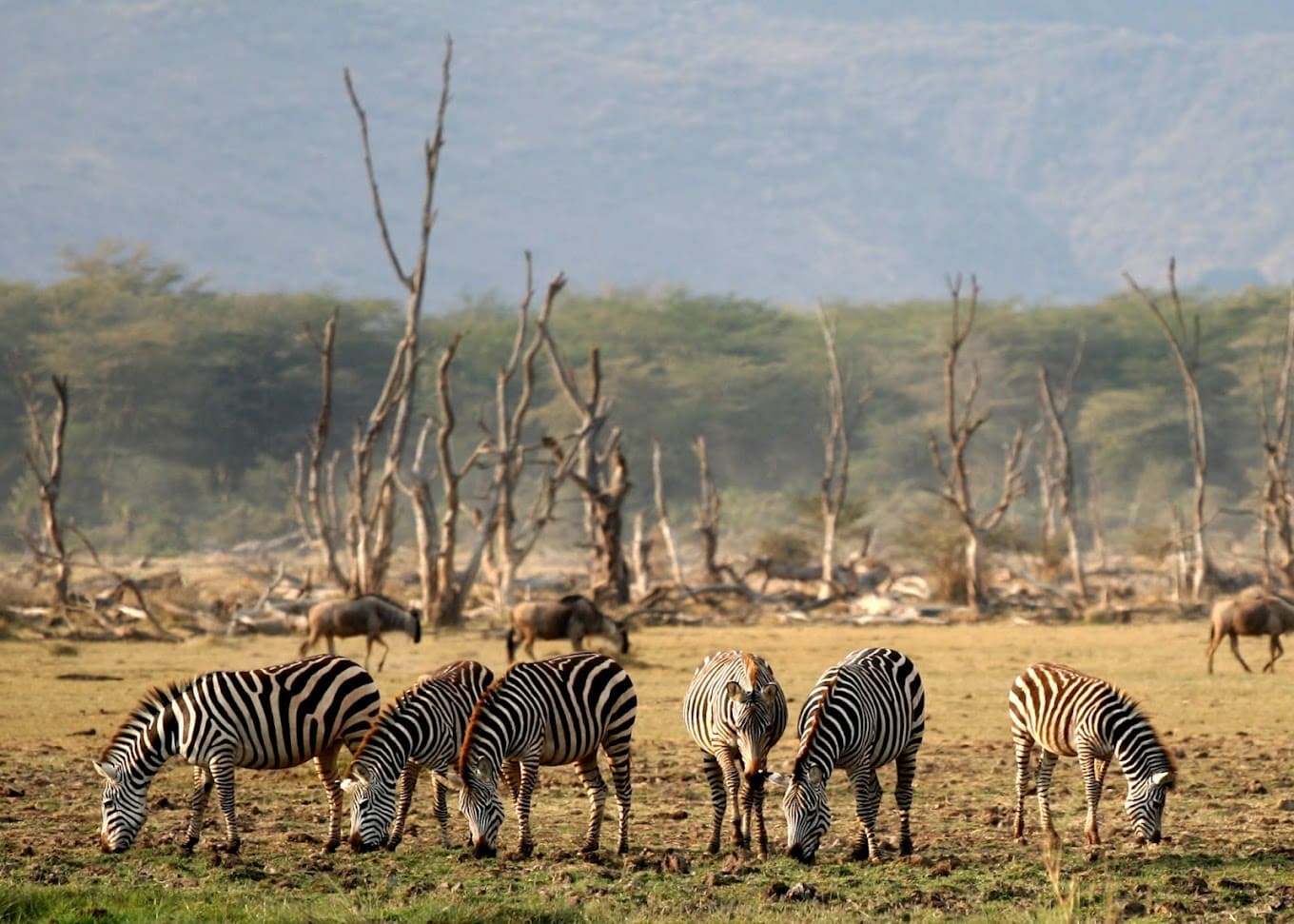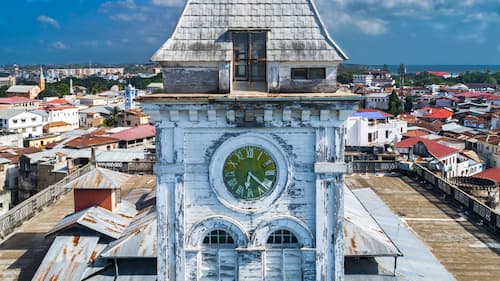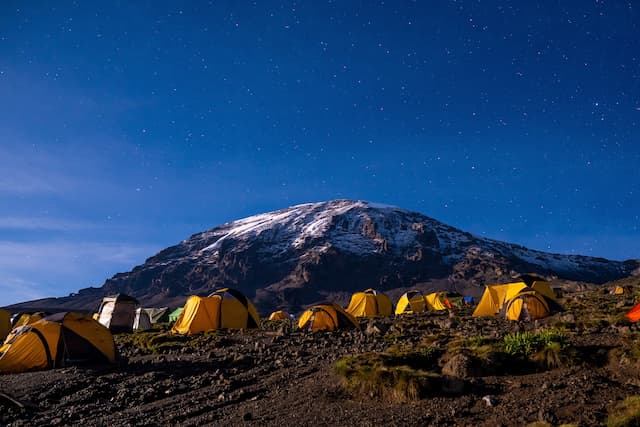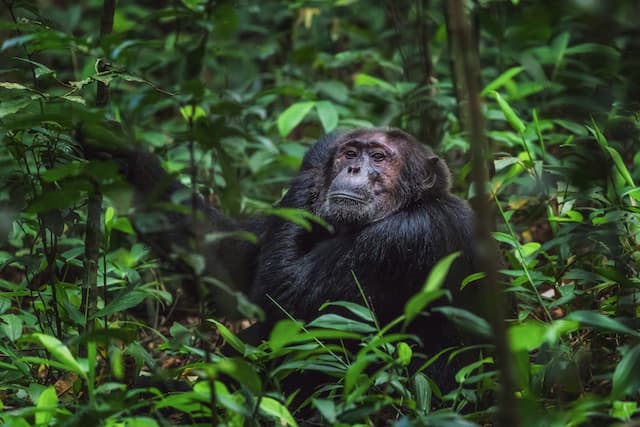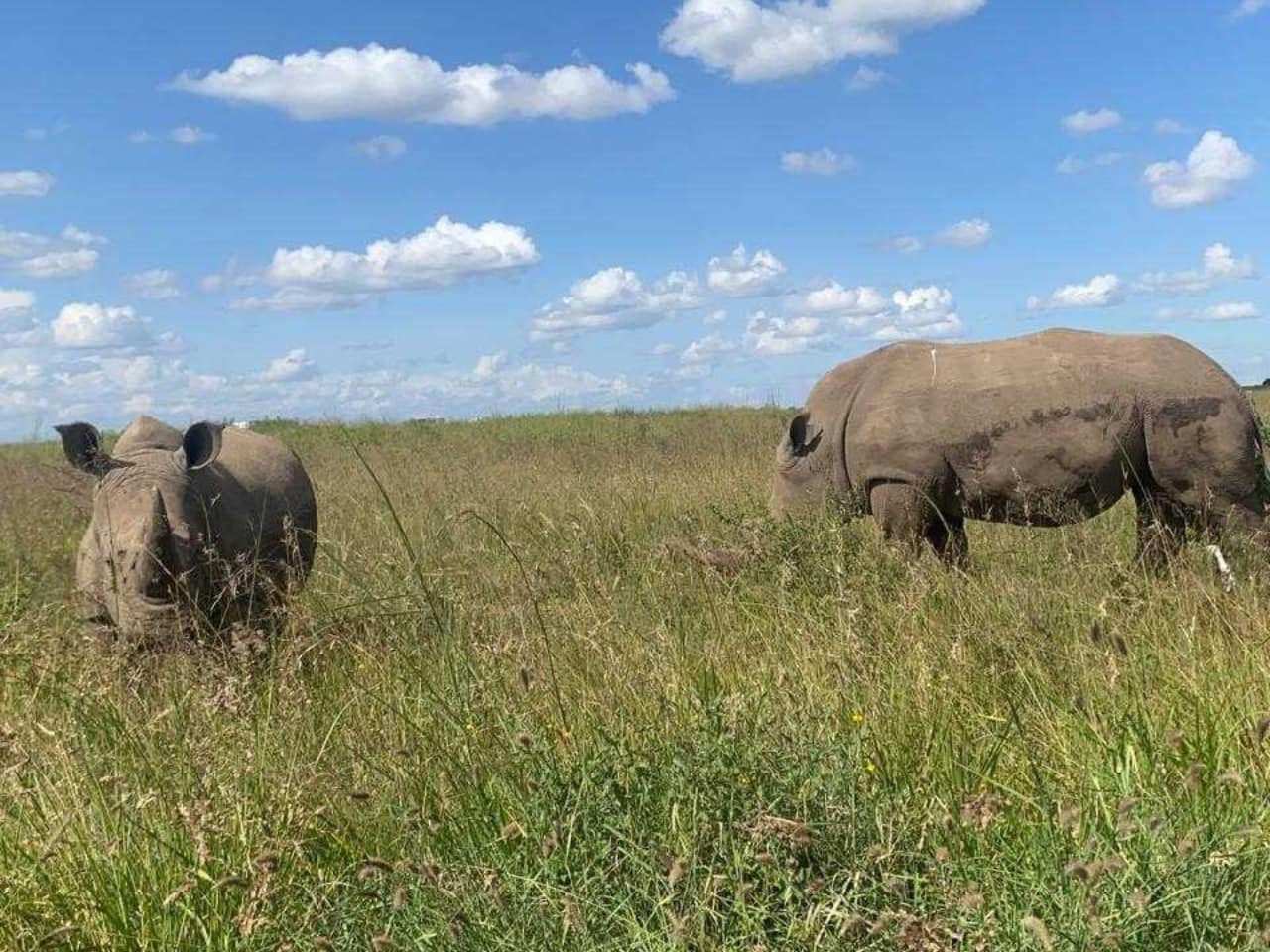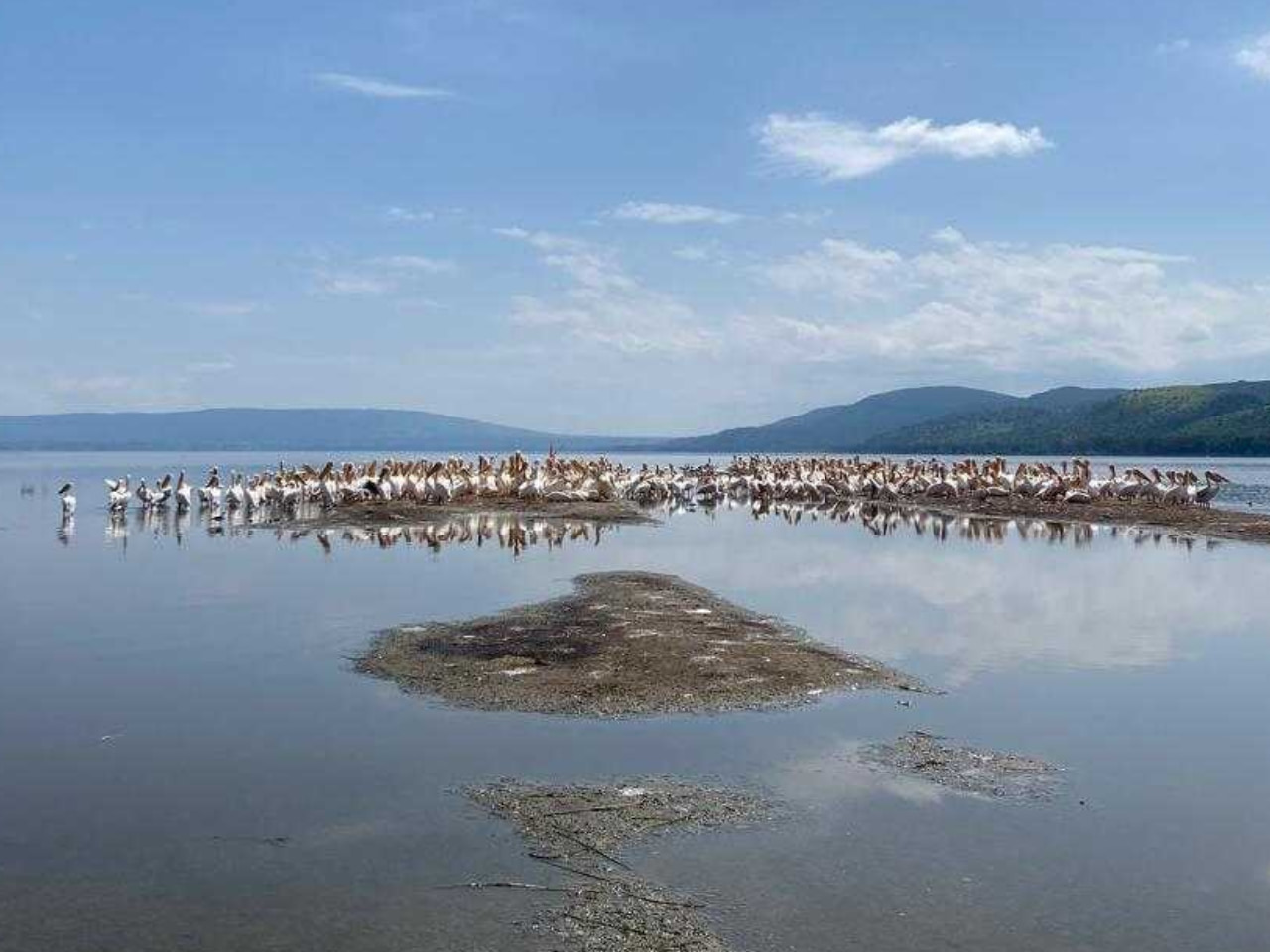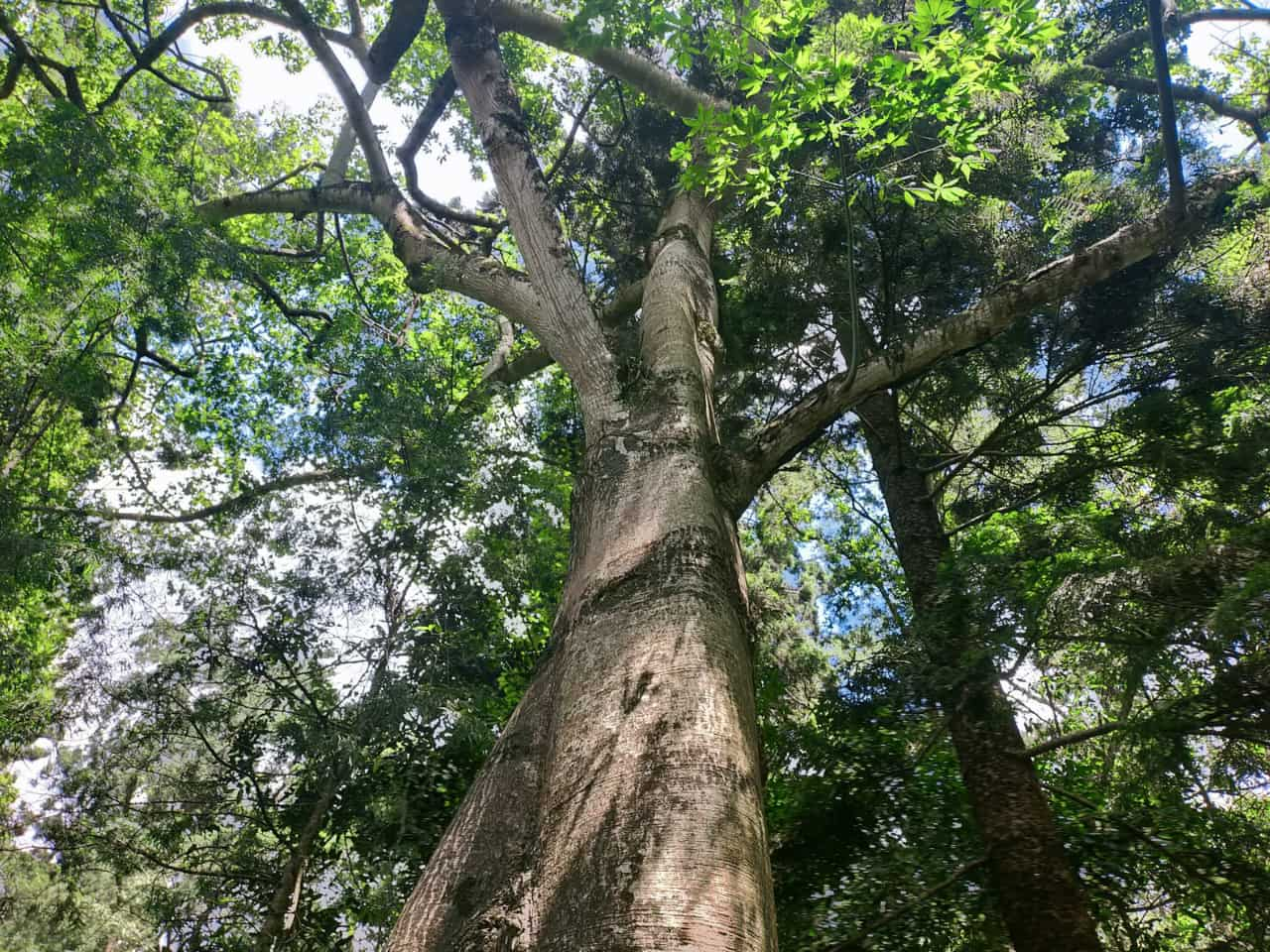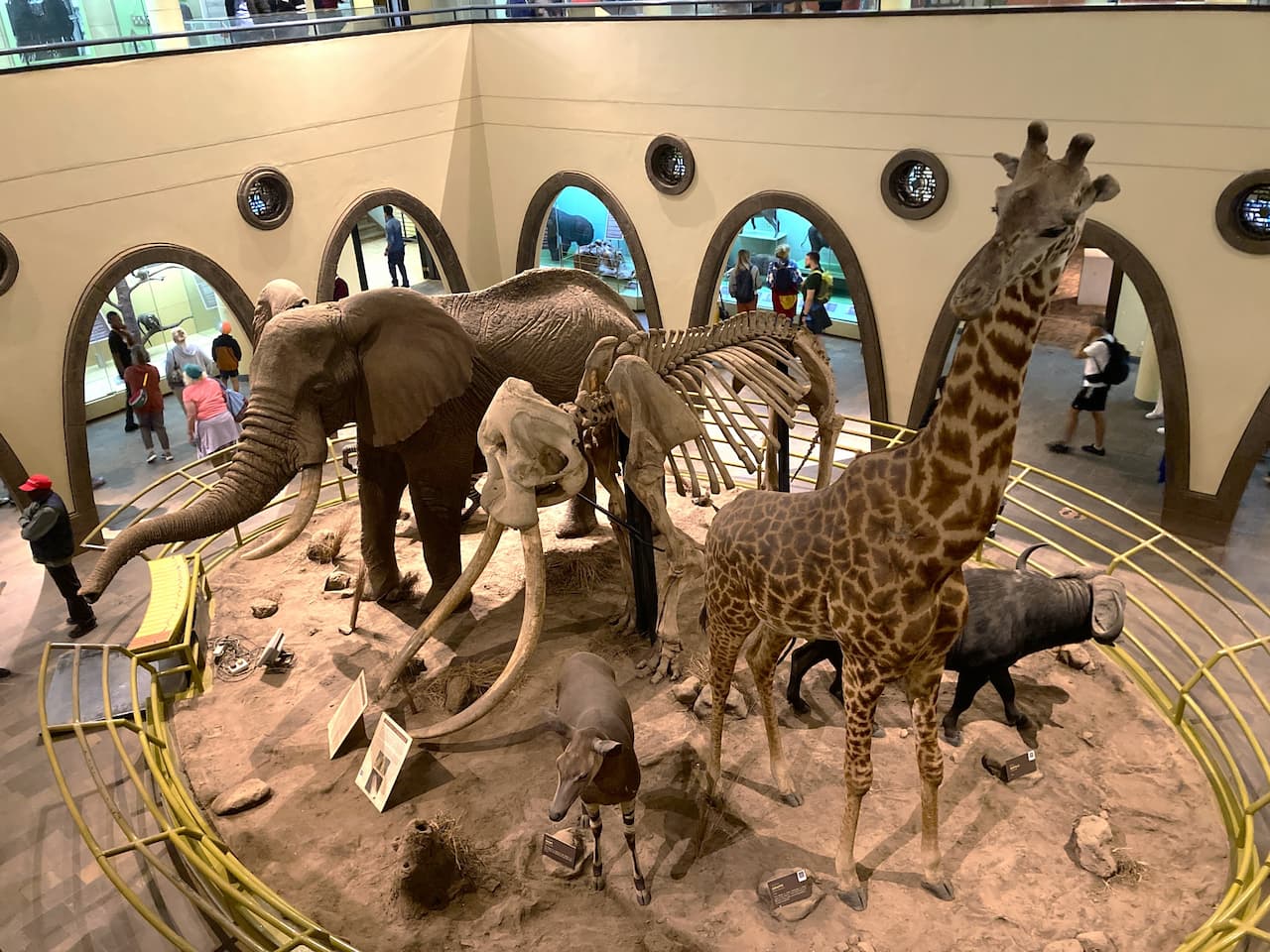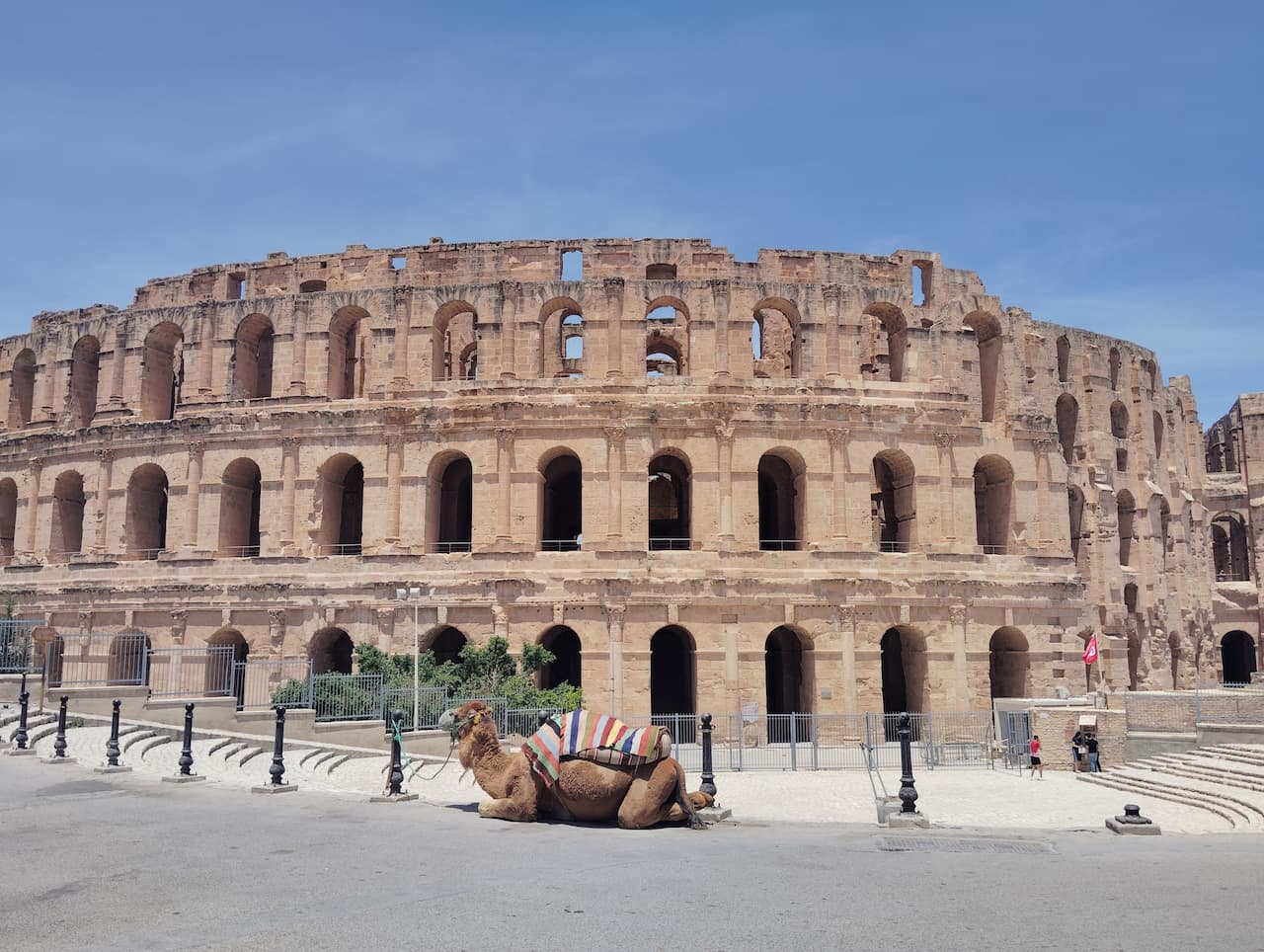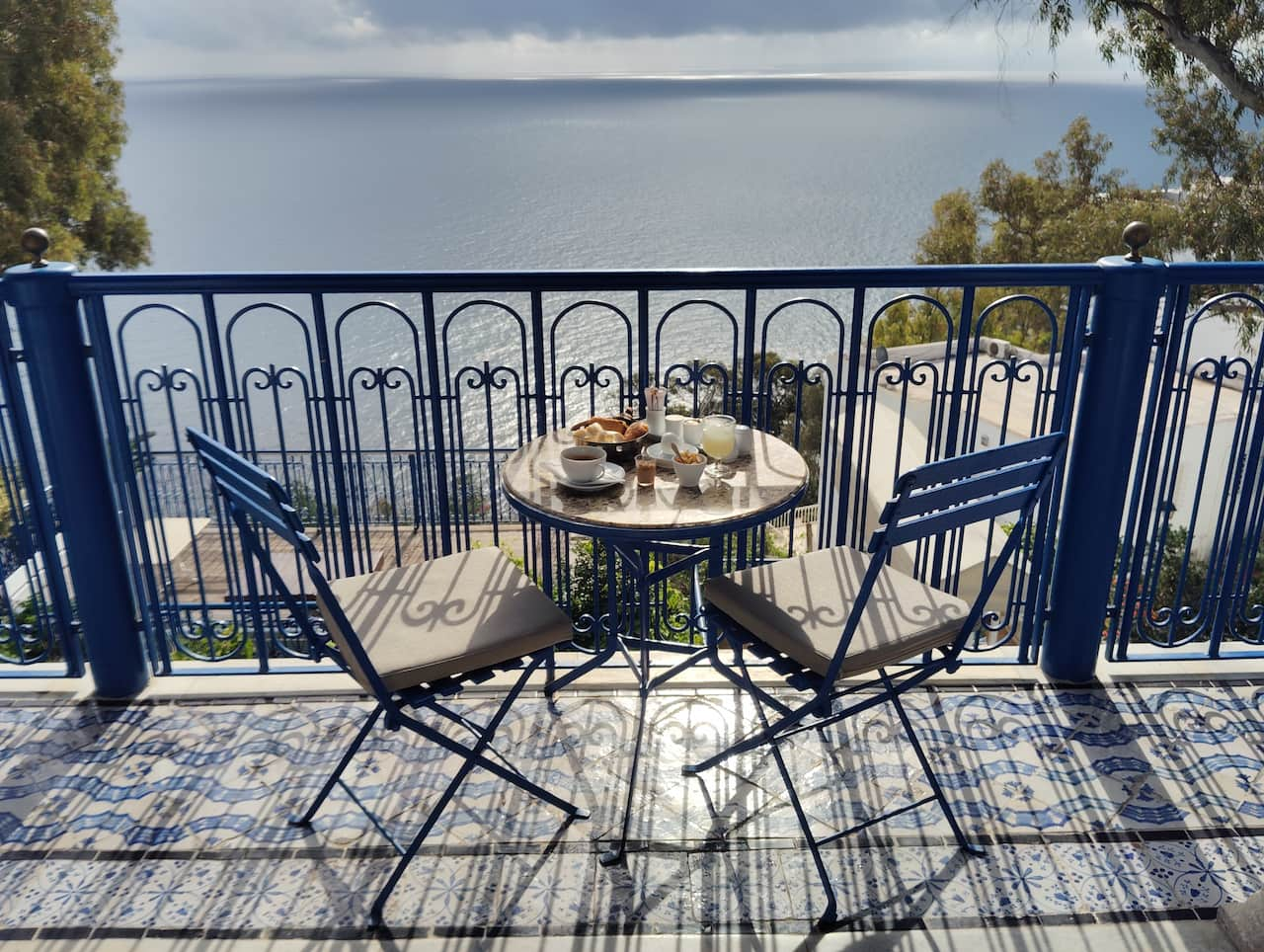The fact that Kenya, an equatorial country, has mountains that hug snow and glaciers may come as a surprise to many. Mount Kenya, Africa's second highest peak (5,199m), has been revered by locals as the first to receive the rising sun, as its name means "Mountain of Light". The Mount Kenya National Park and Forest Reserve, which protects the mountain and its surroundings, was declared a UNESCO World Heritage Site in 1997 and offers biodiversity and spectacular scenery unparalleled on earth.
From glaciers to rainforests, five worlds on one mountain
The biggest attraction of Mount Kenya is the diverse ecosystem due to the altitude difference. As you climb the slopes of the mountains, you'll experience five different worlds that seem to traverse the globe from the equator to the polar regions: rainforests, bamboo forests, alpine heaths, afroal pines, and glacial and rocky areas.
Particularly impressive is the area called the "Sennesio Zone" that starts at an altitude of around 3,000 meters. The strange plants "Giant Sennesio" and "Giant Lobelia" grow here, creating a mysterious landscape that makes you feel as if you have come to another planet. These plants, which can reach heights of 5 to 7 meters, are said to be the survivors of the Ice Age and are a favorite subject for photography enthusiasts.
Three peaks, each with its own charms and challenges
Mount Kenya has three main peaks. The highest peak, Batian (5,199m) and the second peak, Nerion (5,188m), require technical climbing, while the third peak, Point Renana (4,985m), can be reached without any special climbing skills and is popular with more adventurers.
The trek to Point Renana usually takes 3 to 5 days to acclimatize to the altitude and reach the summit. The most popular routes are the "Sailimon Route" and the "Naro Mor Route". Both offer beautiful alpine lakes and unique landscapes along the way, and if you reach the summit early in the morning on the final day, you'll be able to witness the spectacular sight of the sunrise over African land.
If you're looking for a more serious challenge, you can also climb the peaks of "Batian" and "Nerion". These peaks require rock climbing skills and experience, but the sense of accomplishment is exceptional. Difficult routes, such as the famous Diamond Couloir, continue to attract climbers from all over the world.
Wildlife Encounters
Mount Kenya is so much more than just a mountain experience. The park is home to a diverse range of wildlife, which you may encounter during your trek. Large mammals such as buffalo, eland, bushbuck and mountain bison, and occasionally elephants and hyenas. Some of the more rare animals include the endemic Mount Kenyan Hilux and the Giant Forest Hog.
Bird life is plentiful, and you'll have the chance to see birds unique to the area, such as the Mount Kenya Frankorin and the Macien Eagle. However, wildlife encounters can be enjoyed as a by-product of climbing. If you want to make sure you see wildlife, itineraries combined with nearby safari parks are recommended.
Secret Attractions—Ancient Forests and Sacred Places
A lesser-known attraction of Mount Kenya is the virgin forests that stretch out on the mountainsides. Home to populations known as 'forest elephants' and endangered black and white colobus monkeys, these forests protect ecosystems that you won't find on low-lying safaris.
In addition, the historical and cultural value should not be overlooked. For the local Kikuyu people, Mount Kenya is the home of the creator god Ngai, and traditional rituals are still practiced. The mountains are dotted with sacred caves and ceremonial sites, and listening to legends and myths from your climbing guide will make for a deeper experience.
Practical information—how to visit and when to go
Mount Kenya National Park is about a 3-4 hour drive from the capital Nairobi. The nearest towns, Nanyuki and Naro Mol, offer various grades of accommodation. An entrance fee (about $30/day for foreigners) is required at the entrance of the park.
The hiring of local guides and porters is mandatory for climbing, and their experience and knowledge are invaluable from a safety perspective. There are several mountain lodges and campgrounds in the mountains, and reservations are required. Austin Mountain Lodge and Sirimon Lodge are particularly popular and offer a comfortable mountain hut experience.
The best months to visit are the dry seasons of January to February and July to October. At this time of year, the rate of sunny weather is high, and you can expect a view from the top of the mountain. However, the weather in Mount Kenya is changeable and it is said that four seasons come in one day, so it is essential to prepare warm clothes and rain gear in all seasons.
Finally—the perfect combination of adventure and refreshment
Mount Kenya National Park has a multi-faceted appeal to satisfy all kinds of travellers, from mountaineers seeking serious adventure to trekkers who want to enjoy the African nature in peace. Wildlife encounters, breathtaking alpine scenery, and equatorial snow and glaciers – a highlight of your trip to Kenya.
Less crowded than famous peaks like Mount Everest and Kilimanjaro, the mountain is Africa's hidden gem for travelers looking for a more authentic adventure experience.
